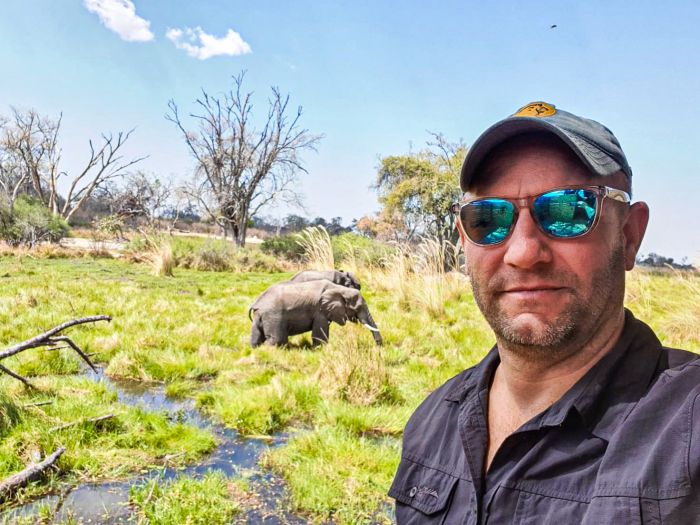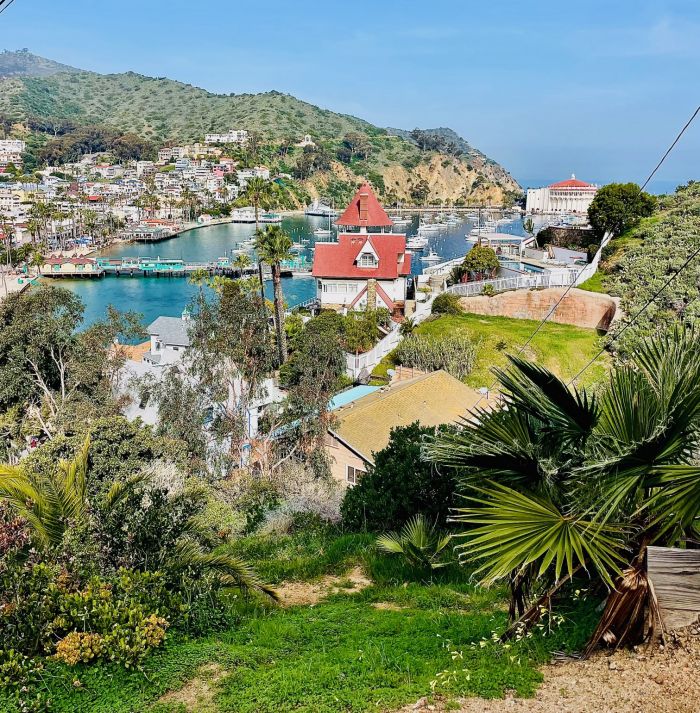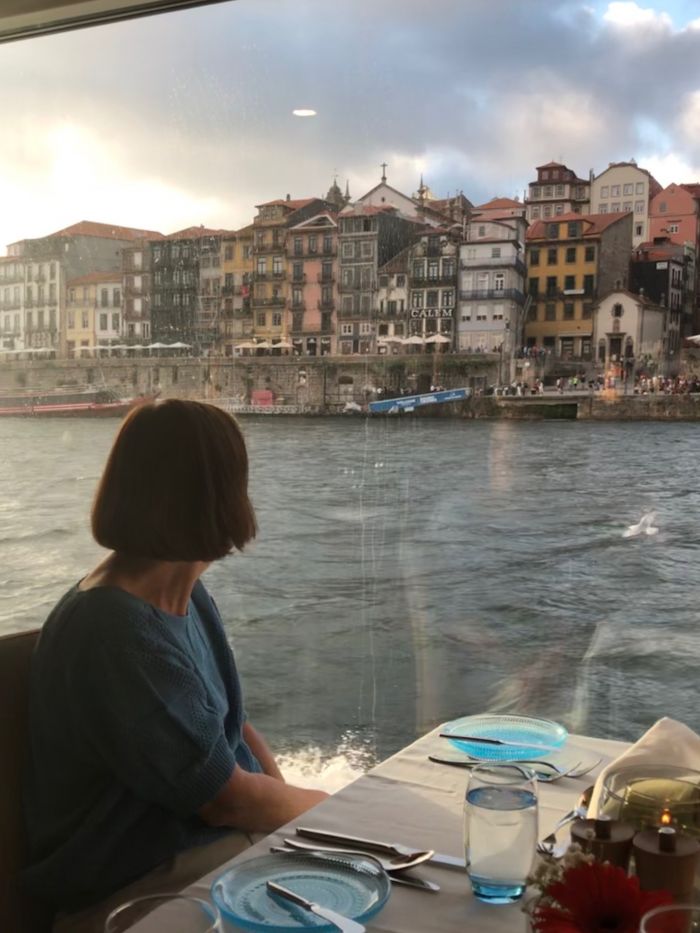
When we began traveling on the Douro river in Portugal, we knew we were watching cultural and viticultural histories unfold. We began by seeing the lively urban city – Porto and environs– but as we cruised the Douro, we moved back in time as we began to experience great wine estates -- all centuries old with barreled wines, fortified by age and darkness. We cruised from city, to town, to village, seeing human and grape environments called terroirs, change. With this change, diverse grape varieties grew in in rocky schists to rockier granites, from cool to hot weather, all on painfully steep, verdant slopes.
Douro is the oldest demarcated and regulated wine region in the world, declared in 1756 and made a World Heritage Site by UNESCO in 2001.
The Douro was inhabited, even in 4000 BCE, by primitive people who must have had an early affinity for grapes. Carbonized grape seeds, have been found in archaeological sites along the Douro. With the arrival of the Romans in the 1st century AD, the importance of the grape intensified, and some villages became dedicated exclusively to the production of wine.
It’s in the Douro region where port wine was born, and not far behind were sherry, rose, vinho verde, madeira, and moscatel. Below are a few estates we explored on the Viking River Cruise on the Douro, called the River of Gold. The river is actually sort of blue-gray.
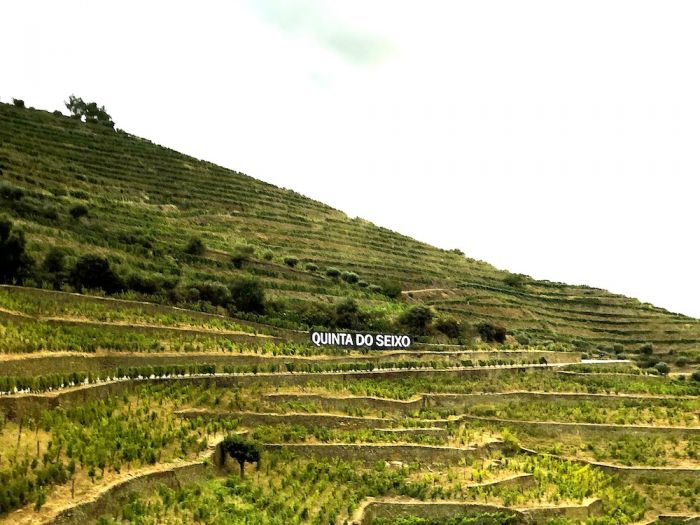
Sandeman:
This vineyard and winery were not the first we visited, but in many ways, it was among the most famous. Sandeman was founded by George Sandeman in 1790, and has been creating great tastes ever since. Sandeman is known for its prize-winning ports, sherries, madeiras, garnered from the estate’s hundred-year-old vines in the Quinta do Seixo wine-growing region. With a total area of 245 acres, planted with traditional grape varieties of the Douro, Sandeman produced both Porto and Douro DOC (the highest classification of wines made in the Douro region) wines.
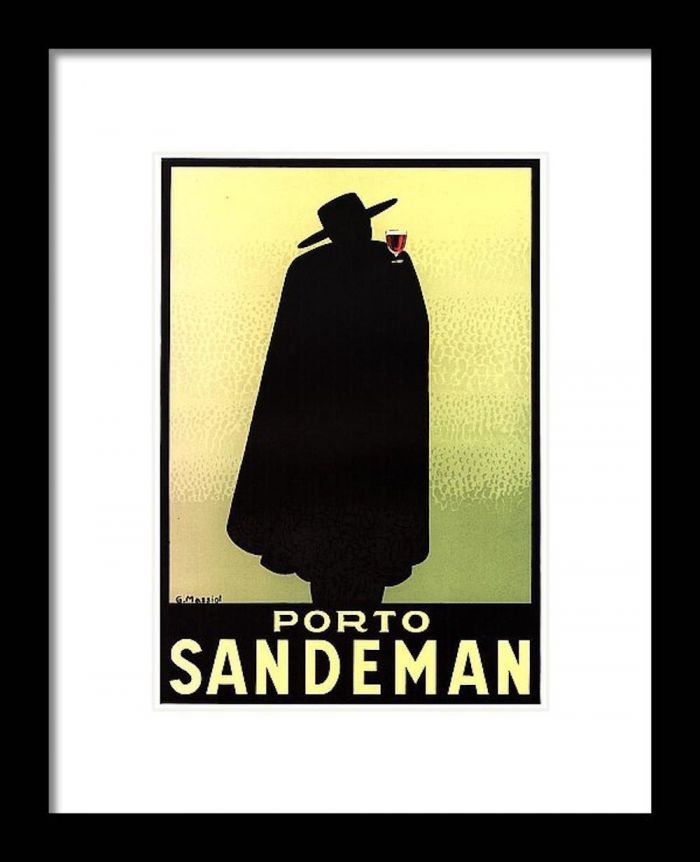
Sandeman’s logo is an image of what is called the Sandeman Black Don, a mysterious figure with a Portuguese student’s cape and a Jerez (Spanish) sombrero. It was designed by Scotsman George Massiot Brown in 1928. Our guide, a young woman dressed like the Black Don, guided us through the dark cellars of Sandeman. The Sandeman building. an 1811 granite structure, leads out to an open patio area where we where we sampled some exceptional Tawny, Vintage, Ruby, and White Sandeman Ports.
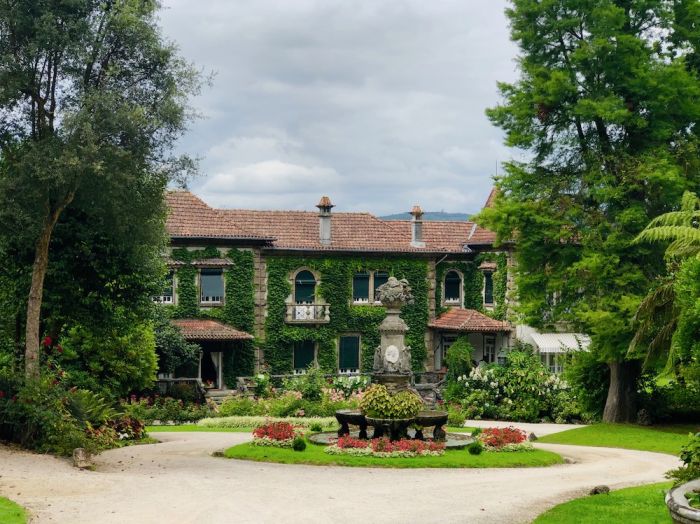
Quinta da Aveleda
This estate vineyard was founded in 1870, and has been owned, for five generations, by the Guedes Family. It is the largest producer and exporter of Vinho Verde in Portugal, exporting to over 70 countries worldwide.
We visited the Quinta De Aveleda, and I was overwhelmed by the vast gardens, cork trees, hydrangea, bougainvillea, lotus, azalea, and trumpet flowers on the property. The environs looked more like a botanical garden than an estate vineyard, with an entry gate dating to 1748. There was an outdoor chapel overgrown with flowers, and a 17th century indoor chapel near the formal estate home. The noisy birds we heard were peacocks.

Quinta De Aveleda tastings were as memorable as the flora and fauna. Their Vinho Verde was slightly greenish and slightly effervescent. The terroir that creates this wine is spread along an area rich in water, mild temperatures, and granite soils with high acidity. All these result in a naturally light, clean, aromatic wine. I brought home two bottles, I should have brought a case. The Quinta da Aveleda estate is located in Penafiel, about 25 miles from Porto.

The Quinta da Avessada -Moscatel de Favaios is located in Favaios, in the heart of Douro Region, a World Heritage site by UNESCO. The Quinta was built a century ago, and we were offered their Moscatel de Favaios, their treasured wine of the region.


Moscatel is a particularly aromatic grape, with citrus, flowery, ‘grapey’ flavors. Quinta da Avessada is situated on the vineyard plateau of Favaios, that creates the Moscatel de Favaios. Have been in existence 160 years, Quinta da Avessada was the first vineyard in the region to plant the Moscatel Galego variety and produce Moscatel de Favaios.The Quinta Da Avessada also serves and sells port and madeira, but the Moscatel de Favaios is the unique one, as this grape is grown and barreled hardly anywhere else.
Tavora-Varosa – Sparkling Cistercian Wines
In the 12th century, the Cistercian Monks chose to build their monasteries, and plant their vineyards at the base of fertile hillsides between the Távora and Varosa rivers. Távora-Varosa is a small, remote, mountainous region, bordering the Douro to the north. The vines grow between 1000-2000 feet above sea level on granite soils.
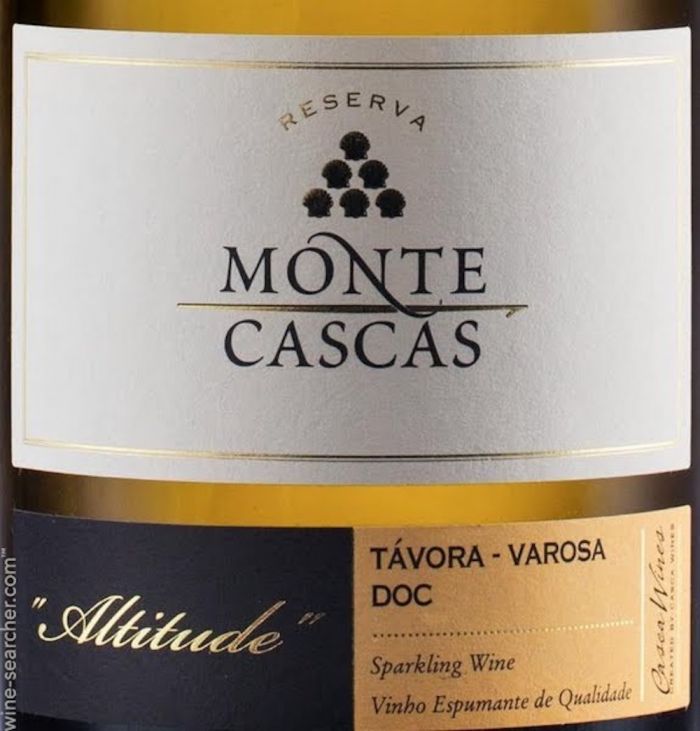
We then went to a small tasting room, near the monastery ruins of São João de Tarouca (St. John Of Tarouca.) The ruins were amazing, as the church was nearby, and, in our exploring the ruins on a Sunday, we heard the songs of a Catholic Mass being performed, a great reminder of how often past and present mingle in our daily lives. With the sense of past and present, we were further enchanted by the taste of the white sparkling wine of the area. At this altitude, we were told by the vineyard owner, the grapes retain a good acidity and are excellent for production of sparkling white wines, though there are also reds and rosés. This was the first region in Portugal to be demarcated for sparkling wines in 1989.

From Porto, thorough Penafiel, Pinhao, Regua, and through the Varosa valley, our constant companions were terraced vineyards whose soils combined the dusts of time, coupled with crushed schist – a type of shale-- and granite -- to create extarordinary grapes.
Throughout this cruise, we came to see time, not with our human vision, but with the vision of the vineyard: not of the moment, but of the epoch. With this vision, we saw a slow, serpentined evolutioary work of the vineyards: of humans, planting, harvesting, enhancing the work of nature, creating the varieties of wines that stand as well as enrich the tests of time, validating the ancient greek credo, In Vino Veritas.
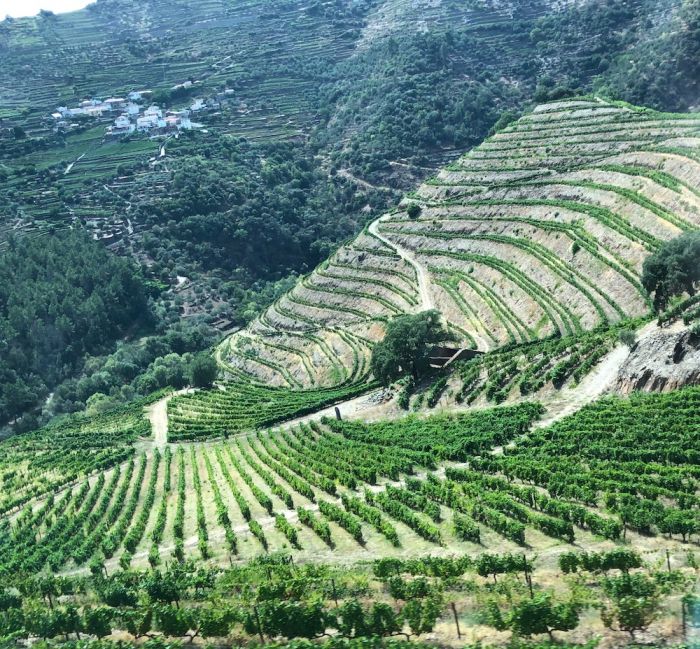
Terraced Vineyards Of The Douro Valley.

Shopping at Sandeman.
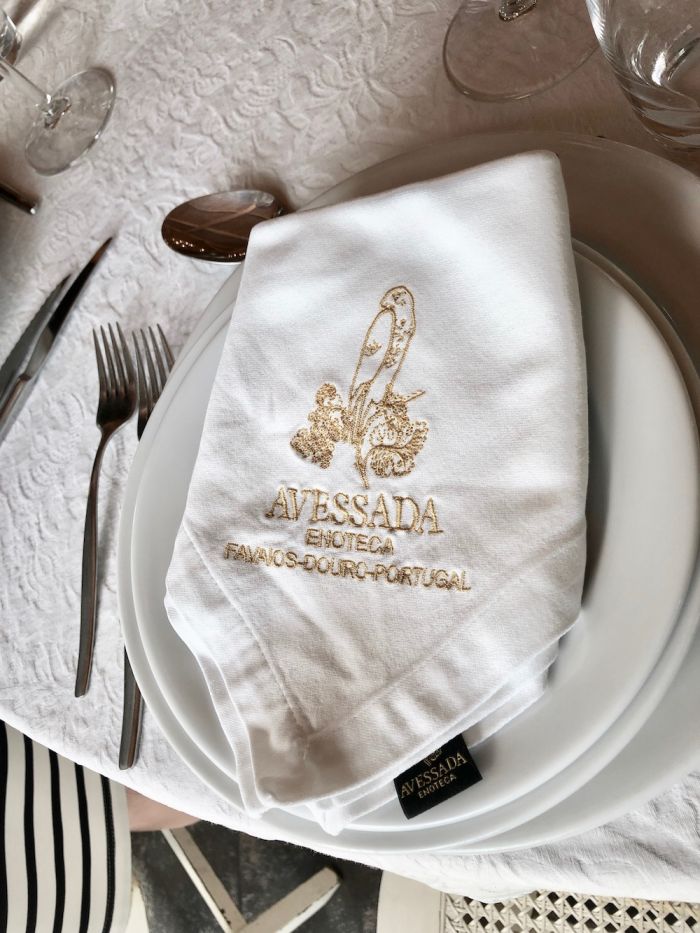
Quinta Da Avessada Lunch at the Wine Estate

Port Cellars and bottle collection, Sandeman Vineyards and Wine Estate











